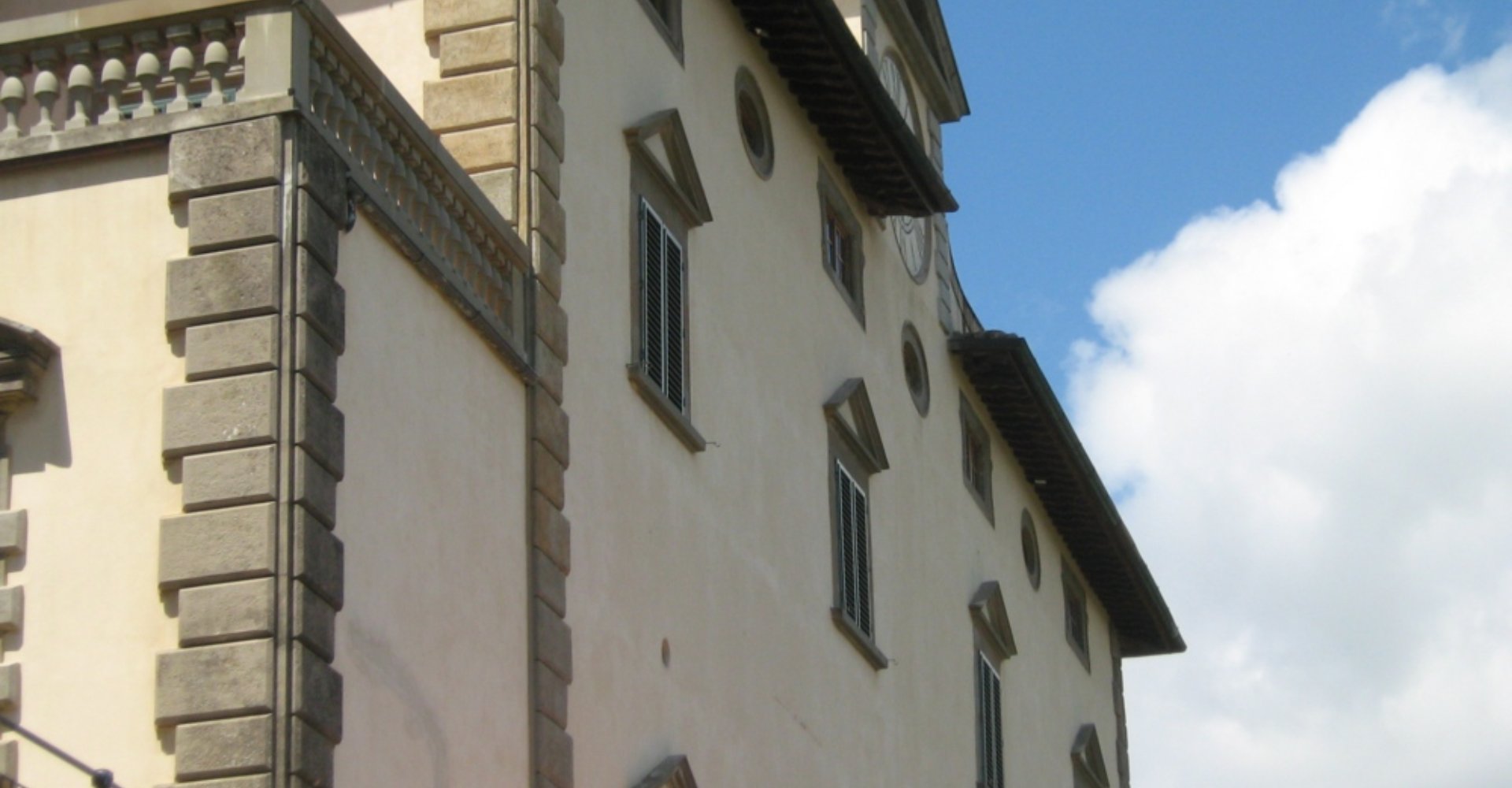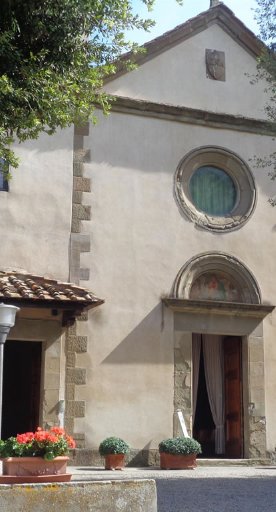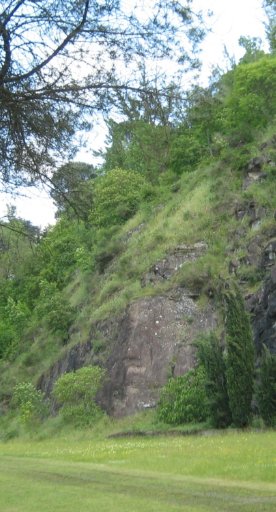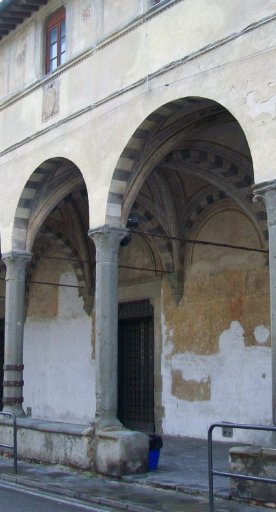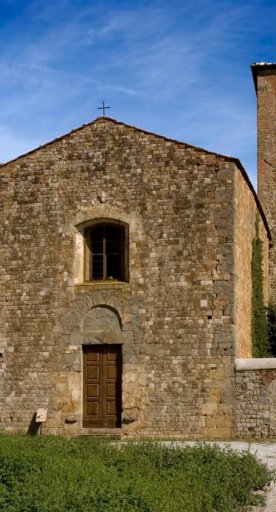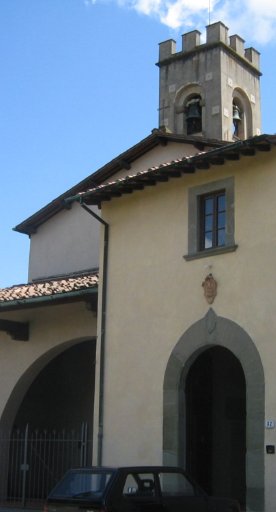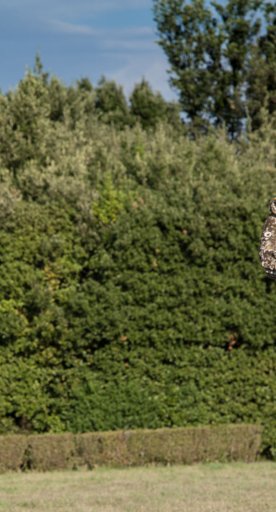Villa Le Selve in Lastra a Signa
The aristocratic residence was owned by the Salviati and once welcomed Galileo
The town of Porto di Mezzo, near Lastra a Signa and a historic customs point for priests at the abbey in Settimo, is home to one of the most beautiful villas in the Florentine countryside. A residence that once belonged to the noble Salviati family can be found in an area known as Le Selve, atop a hill to the left of via Pisana, facing Empoli. The villa went down in history for having hosted Galileo Galilei.
The villa has a much older history, however: it was originally a manor house owned by Giovanni di Donato Bonsi delle Ruote before being transformed into a noble residence between 1515 and 1525. The renovation was led by the architect Baccio d’Agnolo, who designed the interior loggias and imposing façades dotted with typical gabled windows.
In this period, Villa Le Selve was owned by the Strozzi family: Filippo the Younger, an enemy of Cosimo I who was killed in 1538 during a battle in Montemurlo, became the villa’s sole owner in 1526. After his death, the villa was confiscated and given to the Santa Maria Nuova Hospital, which sold it to the condottiero Chiappino Vitelli, a loyal follower of Cosimo I. The architect Bartolomeo Ammannati designed the eastern façade as we see it today, creating the artistic Venetian window, lesenes with ionic capitals and the lion protomes.
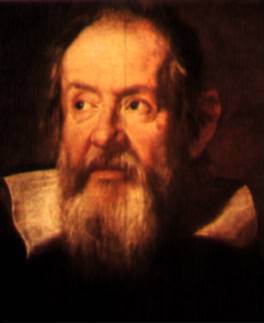
In 1577, the villa passed into the hands of the Salviati family, and between 1610 and 1614, Galileo Galilei lived in one of the rooms on the eastern side of the building. The scientist was a friend of Filippo Salviati, who was his student in Padua and someone that Galileo included in his Dialogue Concerning the Two Chief World Systems, published in 1632. Legend says that Galileo discovered the Jupiter’s moons while staying here. However, according to his follower Vincenzo Viviani, Galileo dedicated himself to “meticulous observations” of sunspots while staying at Villa le Selve. The residence conserves an interesting portrait of the scientist in his study, depicting him as he meditates the skies.
Le Selve hasn’t undergone major changes over the centuries, except for a third entrance opened in the loggia used to hold the carriages and the addition of a large clock on the northern façade. There is also a beautiful frieze on the building.
